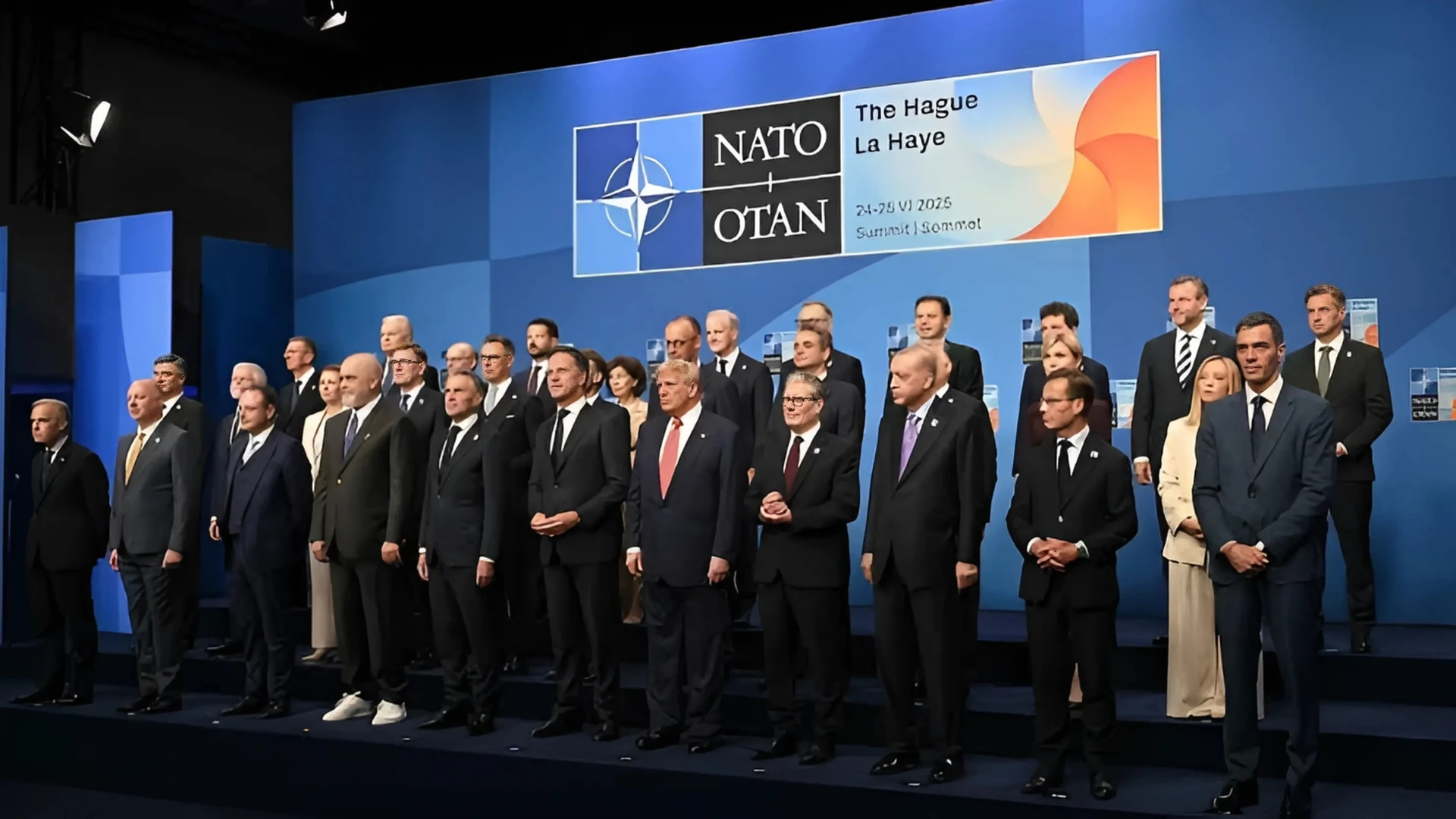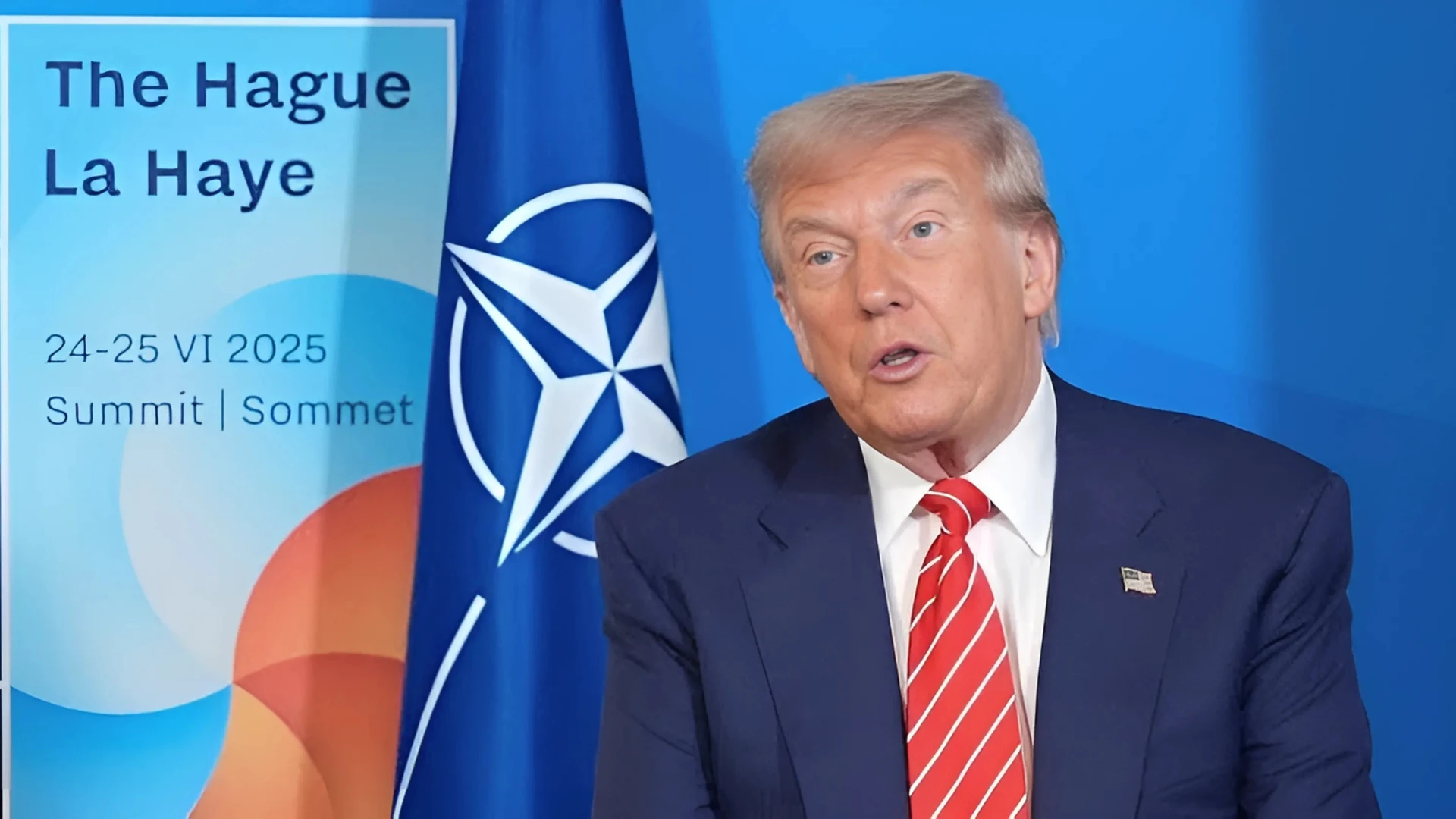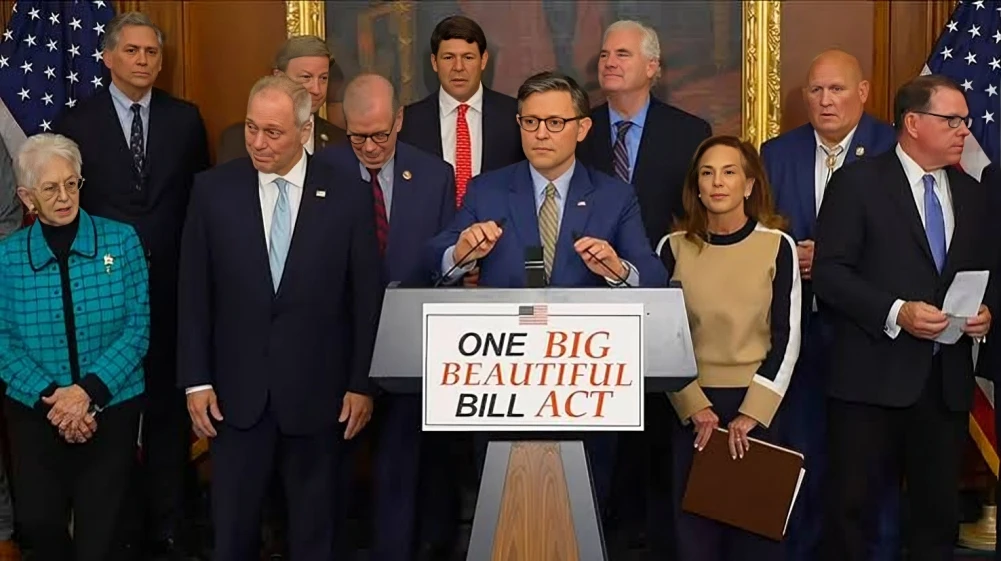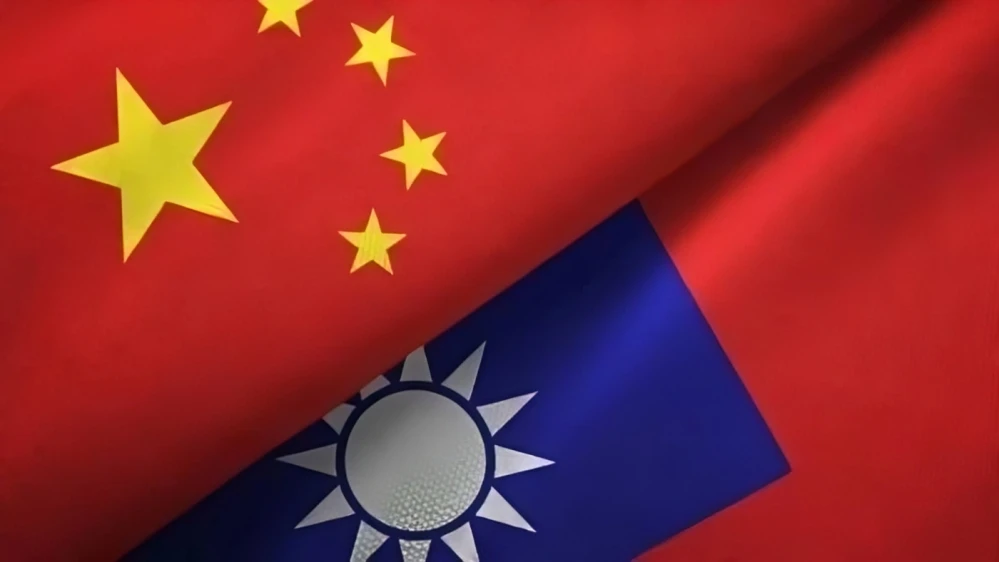The Hague: NATO leaders have agreed to significantly raise defence spending targets, responding to longstanding demands by U.S. President Donald Trump and growing concerns about "Russian aggression" following its 2022 invasion of Ukraine.
In a concise five-point declaration issued at the summit in The Hague, the 32-member alliance endorsed a new defence spending target of 5% of GDP by 2035. The new benchmark consists of 3.5% for traditional military capabilities and 1.5% for broader security needs, such as cyber defence and critical infrastructure protection.
Crucially, NATO reaffirmed its unwavering commitment to Article 5 of the Washington Treaty—the principle that an attack on one member is considered an attack on all. Trump, addressing media queries about his commitment to NATO’s collective defence clause, stated, “I stand with it. That’s why I’m here.”
The summit, hosted by NATO Secretary General Mark Rutte in his hometown of The Hague, appeared carefully structured to satisfy Trump’s demands while maintaining alliance unity. Rutte described NATO’s path forward as “stronger, fairer and more lethal,” emphasizing the "existential threat" posed by Russia.
Although the meeting produced broad agreement on spending goals, French President Emmanuel Macron raised concerns over Trump’s protectionist trade policies. “You can’t ask us to invest more in NATO and at the same time pursue a trade war. That’s a contradiction,” he said.
Notably, Spain expressed reservations, stating it does not consider itself bound to the 5% target, arguing it can fulfill its obligations with lower expenditures. Rutte acknowledged the divergence but struck a diplomatic compromise with Spanish Prime Minister Pedro Sanchez to preserve unity.
Ukrainian President Volodymyr Zelenskiy, whose country remains central to NATO’s current security agenda, was only invited to a pre-summit dinner and held a separate bilateral meeting with Trump after the summit ended.
Meanwhile, the Kremlin accused NATO of “militarisation” and said the alliance was deliberately portraying Russia as a demonic threat to rationalize its defence buildup.
Despite internal frictions, the summit succeeded in delivering a clear message: NATO is adapting to new geopolitical realities with a renewed sense of urgency and strategic alignment, even if the road ahead remains diplomatically complex.








